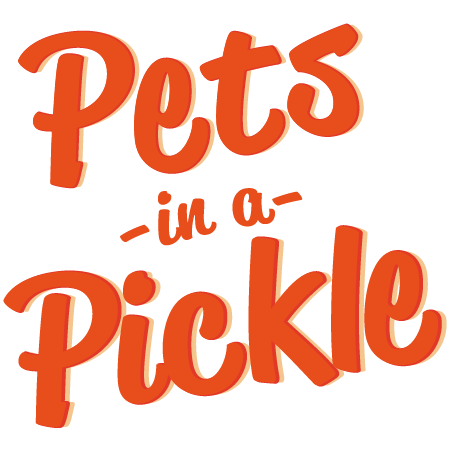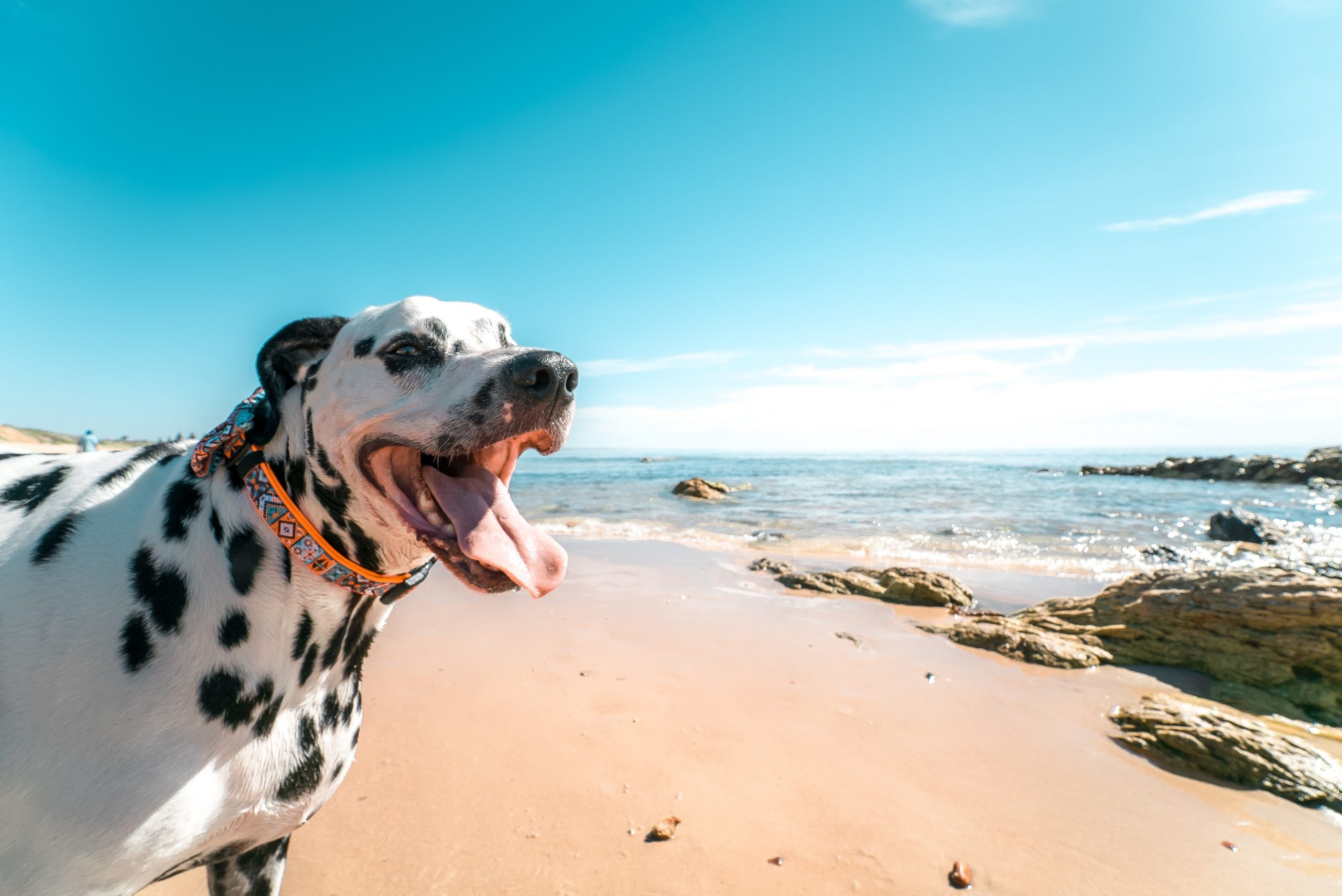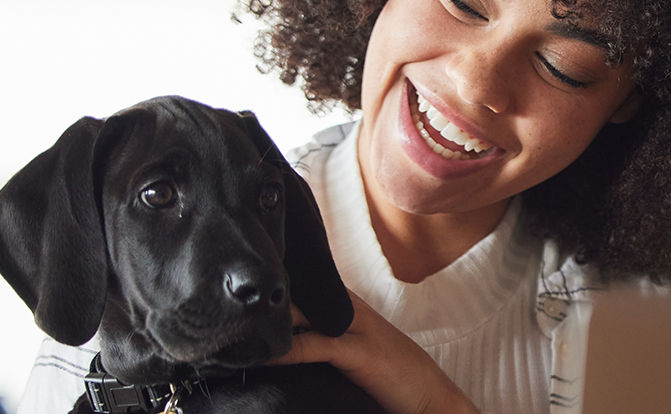Heatstroke - Summer safety tips for Dogs
As weather temperatures are rising, the risk of heatstroke in dogs and other animals increases as well. Dogs rely on heat being released through only their paw pads, noses and through panting; whereas humans sweat to relieve ourselves of heat. So, to help you keep your dog cool this summer, we have put together a list of summer safety tips so your furry friend doesn’t develop heatstroke.
When a dog does end up developing heatstroke it can cause very serious damage and, in some cases, it can be fatal. That is why it is important to familiarise yourself with the symptoms, which include:
- Dribbling
- Extreme panting
- Collapse
- Excessive thirst
- Increased heartbeat
- Dark-coloured gums
If you do suspect your dog may have developed heatstroke the best thing to do is to move them into a draughty area, wet their fur with cool water and contact your vet. However, preventing the heatstroke in the first place should always be your top priority, and here are a few things you can do.
1) Stay Hydrated!
Make sure your dog always has access to fresh, clean water. Water bowls must be filled to the brim and it is advisable to take a bottle of water and a bowl with you when going for a walk.
2) Go For A Walk At A Sensible Time
If you decide to take your dog for a walk, it is important to walk them during the cooler hours of the day – either in the morning or the evening. Taking your dog for a walk during the day also increases the risk of them burning their paws on the hot pavement, a rule to keep in mind is, ‘If it is too hot for your hand, it’s too hot for their feet.’
3) Cool Places To Lie Down
It isn’t unusual for your dog to be attracted to cool surfaces when they’re feeling hot. However, if you don’t have cool tile or stone floors for your dog to lie on another great idea is to place blanket wrapped ice packs into their bed with a fan on close by.
4) Paddling Pool & Sprinklers
Humans love to cool off in the summer by relaxing in cool paddling pools and this is another great way to keep your dog cool in summer heat. Sprinklers and garden hoses are a great way to keep your more active dogs cool and occupied.

5) Ice Treats And Cool Toys
Placing some of your dog’s toys into the freezer is a great way to keep your pooch stimulated and cool. Or you could even place some of your dog’s favourite treats into an ice cube tray to create ice cubes and lollies.
If you suspect your dog is suffering from heatstroke, it is important to contact your vet immediately. Or for more advice and summer safety tips click here.
Contact Pets in a Pickle
For more pet information and facts, check out the other news on Pets in a Pickle. To find out more about the range of policies, get in touch with the team today. Call them now on 0800 044 1111, or contact the team online here.



